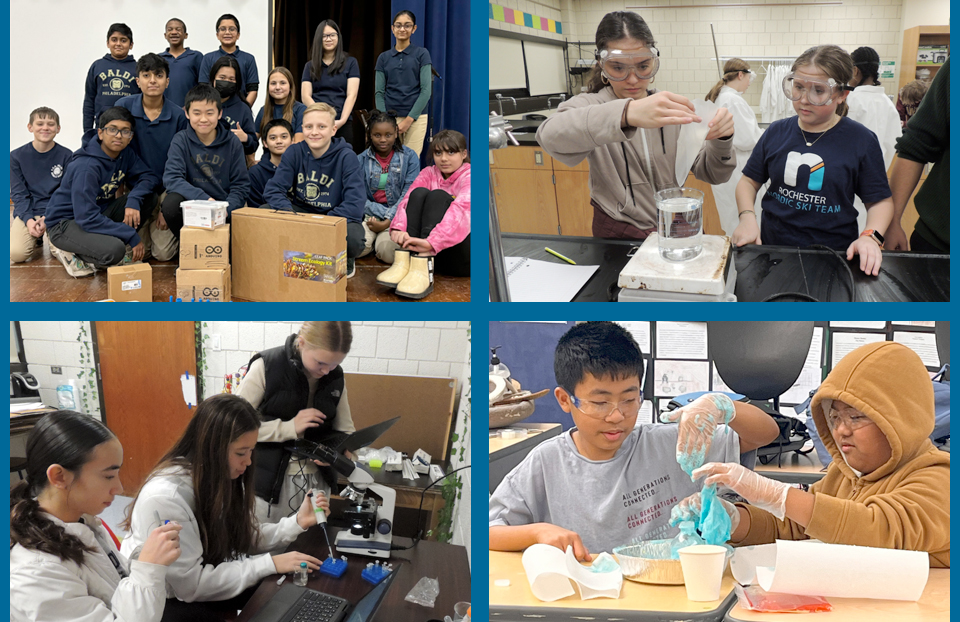Empowering Classrooms: $58K in STEM research grants help educators inspire hands-on discovery, changing students’ lives
This year, Society for Science is proud to name 24 outstanding educators as recipients of its STEM Research Grants program,…

Gayle Kansagor
gkansagor@societyforscience.org
(202) 872-5103
Aparna K. Paul (she/her)
apaul@societyforscience.org
(781) 375-8353
Kevin Easterly
keasterly@societyforscience.org
Chyna Vargas
cvargas@societyforscience.org